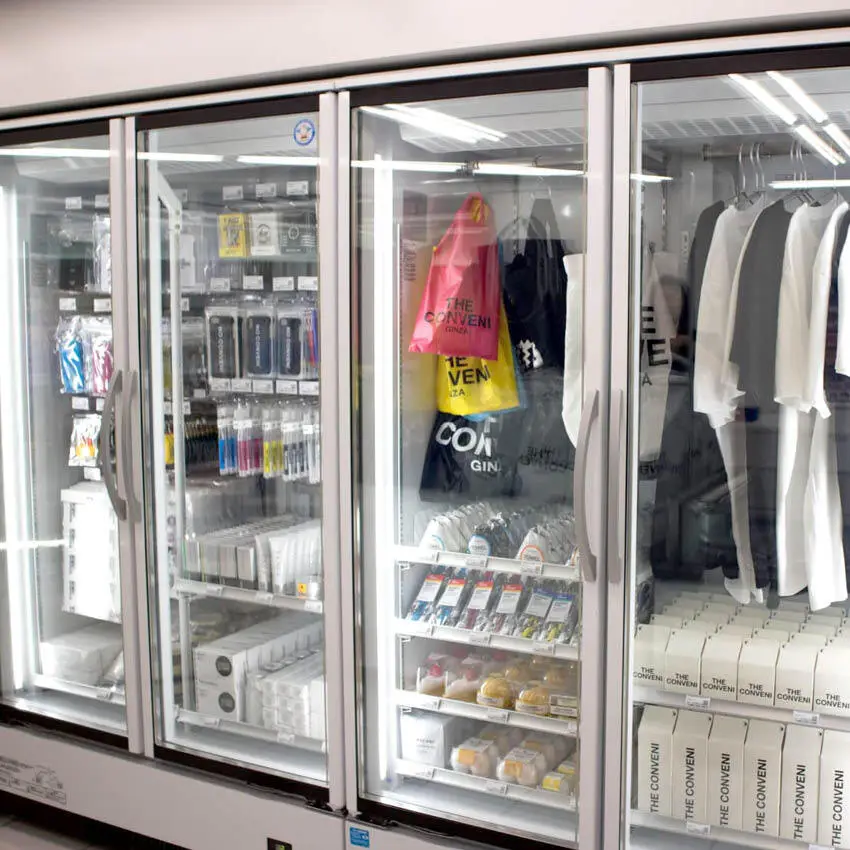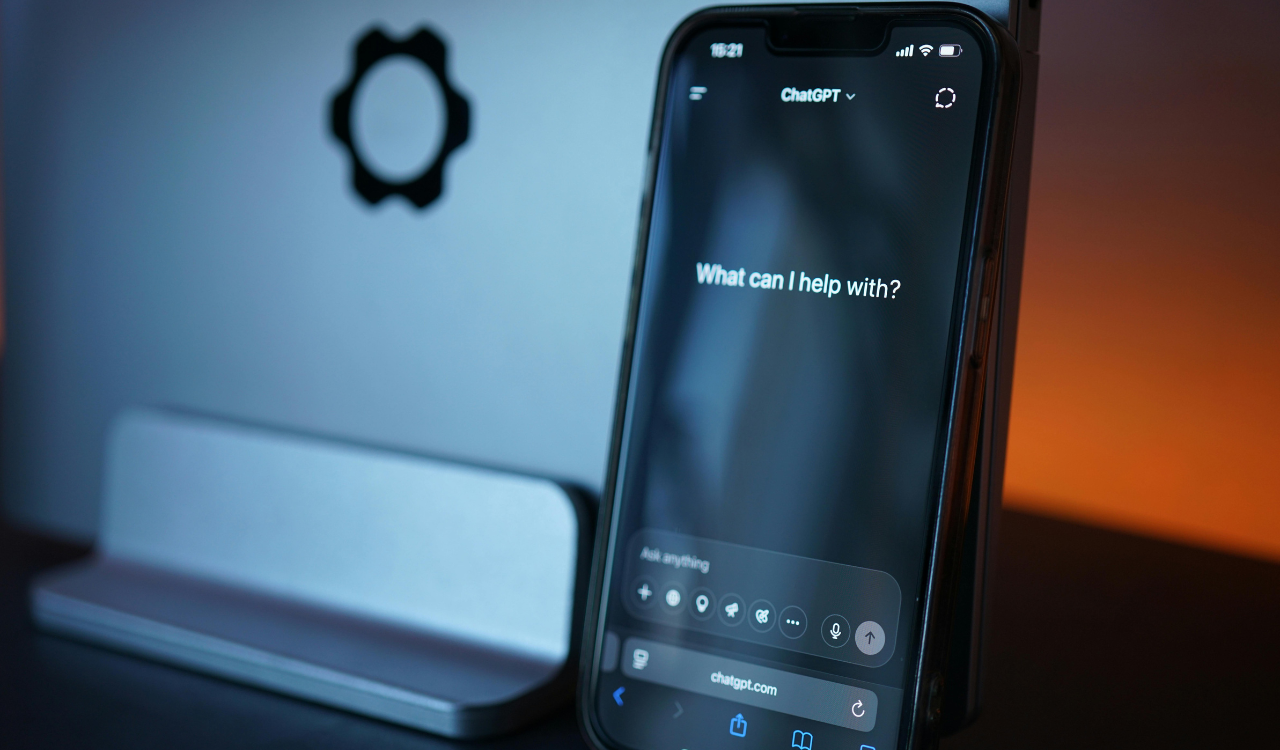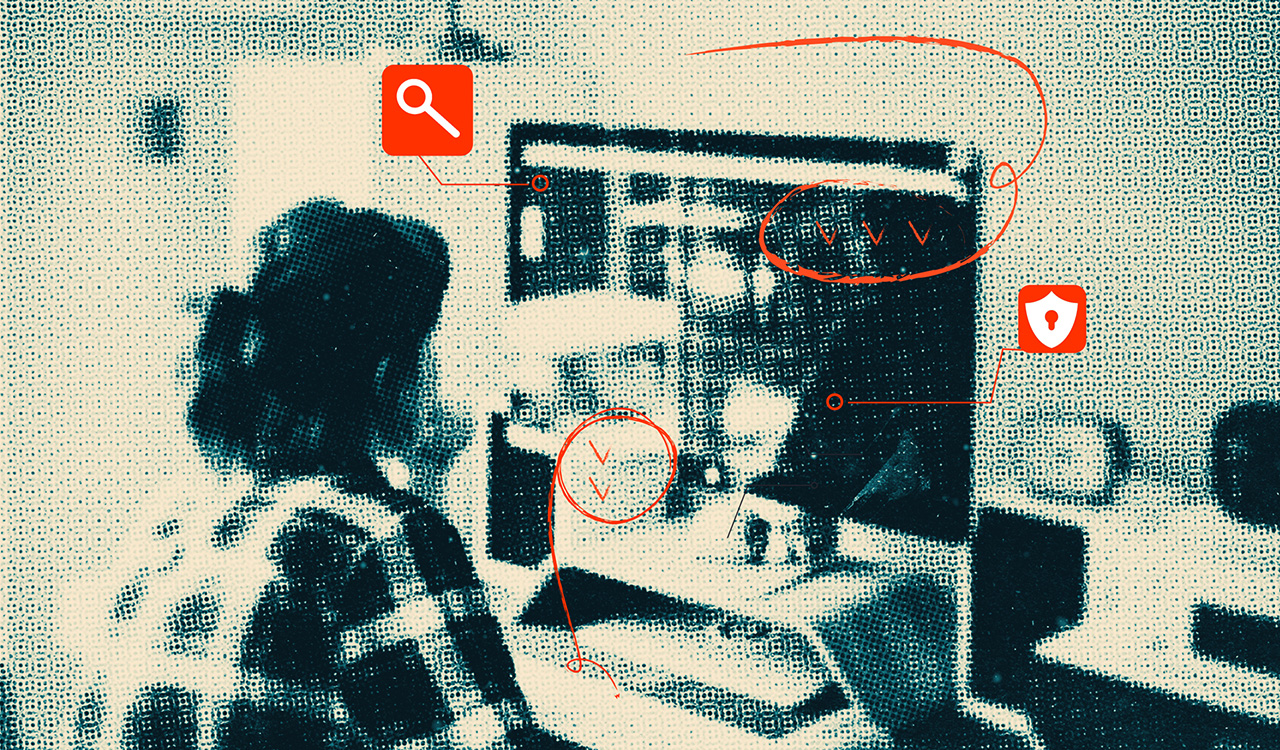Forget about factory worker, coal miner and taxi driver jobs being in jeopardy. They are nothing compared to the emerging threat to the jobs of people working in retailing.
By most counts there are slightly more than four million people working as retail salespeople and as many as 30 million workers in total in the broader retail sector. But many of those jobs could be gone in the next five to ten years as the business of retailing undergoes one of the most transformative periods in its history with the coming of automated stores and the expanded use of vending machines.
We’re just in the early stages of this changeover but the introduction of Amazon’s just-walk-out technology across the retailing spectrum, combined with the growing use of vending machines in high traffic areas, poses the biggest threat to the American retailing labor force since the introduction of the self-service store in the early 20th century.
In Japan, you can find vending machines selling fully cooked meals, hard liquor, daily necessities like over-the-counter drugs and even apparel like underwear and shirts. One could buy just about anything you need in Tokyo without ever coming into contact with another lifeform.
And while this trend would no doubt have showed up on the retail landscape sooner or later, chalk it up to the Covid pandemic as another accelerated, unintended consequence. With so many people still cautious about interpersonal contact, these so-called frictionless methods of buying things are gaining acceptance and even preference for people who just don’t want to deal with…well, other people. It’s a long way from where this all began in personal relationship retailing.
Piggly Wiggly…Yes, Piggly Wiggly
Piggly Wiggly is way more than a brand with a cute pig logo. They are (mostly unknown, unsung) pioneers. It’s generally agreed that the southern-based grocery chain was the first retailer to largely adapt a self-service shopping format with a centralized checkout, back in 1916 in Memphis, TN. Many of the characteristics of today’s giant supermarkets were pioneered by this chain. Although Piggly Wiggly was the outlier innovator, other chains have picked up on self-service formats and scaled it to do it bigger and better.
The self-service model that emerged in the mid-20th century for the grocery business was soon adapted by department stores and then fully embraced by the first wave of discount stores. This started the trend of staff cuts, even more so when in the 1970s, supermarkets, led by Marsh Supermarket in Ohio, began installing self-check-out lanes using UPC-scanners. The rest is history.
Just Walk Out
But none of these early developments eliminated virtually all the workers on the sales floor…until now. Led by Amazon – who else? – physical stores are moving into a dramatically new business model where technology is replacing people in a way the folks at Piggly Wiggly could never have imagined.
We’ve all heard about the Amazon technology that allows for automated shopping and checkout. Using who-knows-how-many cameras, sensors and other Big Brother-ish technology, these stores allow a shopper to walk around the store, pick up whatever it is they want and then just walk out. (This reporter has tried out the tech in several locations and it works just fine, by the way.)
First tested six years ago, the Amazon system is now being rolled out across the U.S. and around the world, both by the company itself and third parties, many using Amazon technology. It’s hard to keep track of how many individual Amazon-Go stores there are so far, but it’s at least three dozen in this country and probably another eight or ten in Europe. And these aren’t just in 500-square-foot convenience stores as originally tested. Amazon is now opening full-scale 45,000-square-foot-plus supermarkets with thousands of items under both the Amazon Fresh and Whole Foods banners.
Not to be left in Amazon’s wake – although they most certainly are – other retailers around the world are starting to get in on the action. Among the U.S. retailers now reportedly testing auto-checkout stores are Circle K, Golden Eagle, Albertson’s, Sam’s Club, Wakefern (which operates under several nameplates including ShopRite and Fairway) and California specialty grocer, Loop Neighborhood. In Europe retailers like Aldi and Tesco are reported to be launching auto-checkout tests.
Many of these stores are using Amazon technology but there are other providers including Trigo, Grabango and AiFi. One of the more interesting third-party programs from Amazon is in airports where local concessions selling snacks, drinks and magazines are using the just-walk-out technology, even though they are still manned (at least for the time being). Such locations have been spotted in airports in Newark and Dallas and it is believed Amazon is licensing its system elsewhere.
And lest you think this is just a niche business, Bloomberg reported several years ago that Amazon plans on opening some 3,000 Go stores in the next several years. One published estimate forecast the entire automated checkout market size approaching $23.6 billion within five years.
Of course, the end result of all of this is that many jobs will be eliminated at retail stores. Insider, the online news site, said it had obtained a confidential Amazon report that forecast costs for operating stores would be reduced by 75 percent by 2023. And that means lower payrolls.
Vender, Vidi, Vici
Even though the U.S. leads in the total number of vending machines, principally the ubiquitous Coke machine. Japan is increasingly becoming the modern model for sellers looking to use automated devices to sell just about anything. Japan has about 5.5 million vending machines (the U.S. has close to 7 million, according to industry estimates). But unlike in other countries, these machines are not restricted to beverages, salty snacks and the occasional ham sandwich. In Japan, you can find vending machines selling fully cooked meals, hard liquor, daily necessities like over-the-counter drugs and even apparel like underwear and shirts. Imagine: One could buy just about anything you need in Tokyo without ever coming into contact with another lifeform.
So, now we’re starting to see the same thing happen here in the U.S. Office supply stores have rolled out machines selling basic work tools, Best Buy and Apple both have numerous machines selling tech and computer products. Cosmetic and beauty companies like Benefit and Kylie (yes, the Kardashian) are selling make-up, fragrances, and personal care items out of machines. Toys are another category where vending machines are starting to take hold and a company called PizzaForno has just introduced an automated pizza vending machine that will serve you up a fresh pie – pepperoni includes – in three minutes, for $12. There’s even a few companies rolling out vending machines selling CBD products.
These distribution devices remain in the perimeter of the overall retail marketplace but, especially in airports, their numbers are proliferating. Industry estimates place total annual revenue done through vending machines at about $36 billion. Given that those sales are from items like soda and candy bars selling for a dollar or two, the potential for this sector once higher ticket products like clothing and consumer electronics become more established would have to be considerably larger.
Do Not Touch
One more variation on all of this automated check-out processing is the increased use of touchless systems running off of smart phones and other digital devices. Just this past month Apple introduced a “Tap to Pay” feature on its iPhones which basically lets a user’s phone talk to a merchant’s phone and presto, the deal is done. It’s what the third-party Square device has been doing, so Apple is clearly trying to bring another function into its universe.
And if you really need some chips and soda, a company called Robomart is testing what is essentially a store on wheels that you summon to come to you via your smartphone. JD.com, the giant Chinese retailer, is testing something similar in Europe where, again, the entire shopping, purchasing and pick-up process is touchless. Pepsi has a test of a touchless beverage dispenser at a KFC outlet in Poland.
It seems that as long as health and safety issues are out there – and it looks like that’s going to be for some time – touchless retailing is only going to gain market share,
Jobbed Out
So, all of this begs the question what does it mean and why does it matter for the overall retail labor workforce? Even as upscale stores are looking to add more personal services, down in the trenches or more like on the frontlines, the movement to have fewer salespeople is becoming the norm. How many of those four million retail sales personnel jobs are in jeopardy? Of course, it’s impossible to predict but it seems like one can safely say that number is going to go down, not up, even as the pandemic conditions improve. The challenge will be to either reskill or reset the workforce. They’ll always be people working the sales floor at retail. They’ll just be fewer of them in the future… the near future thanks to Amazon and vending machines.





